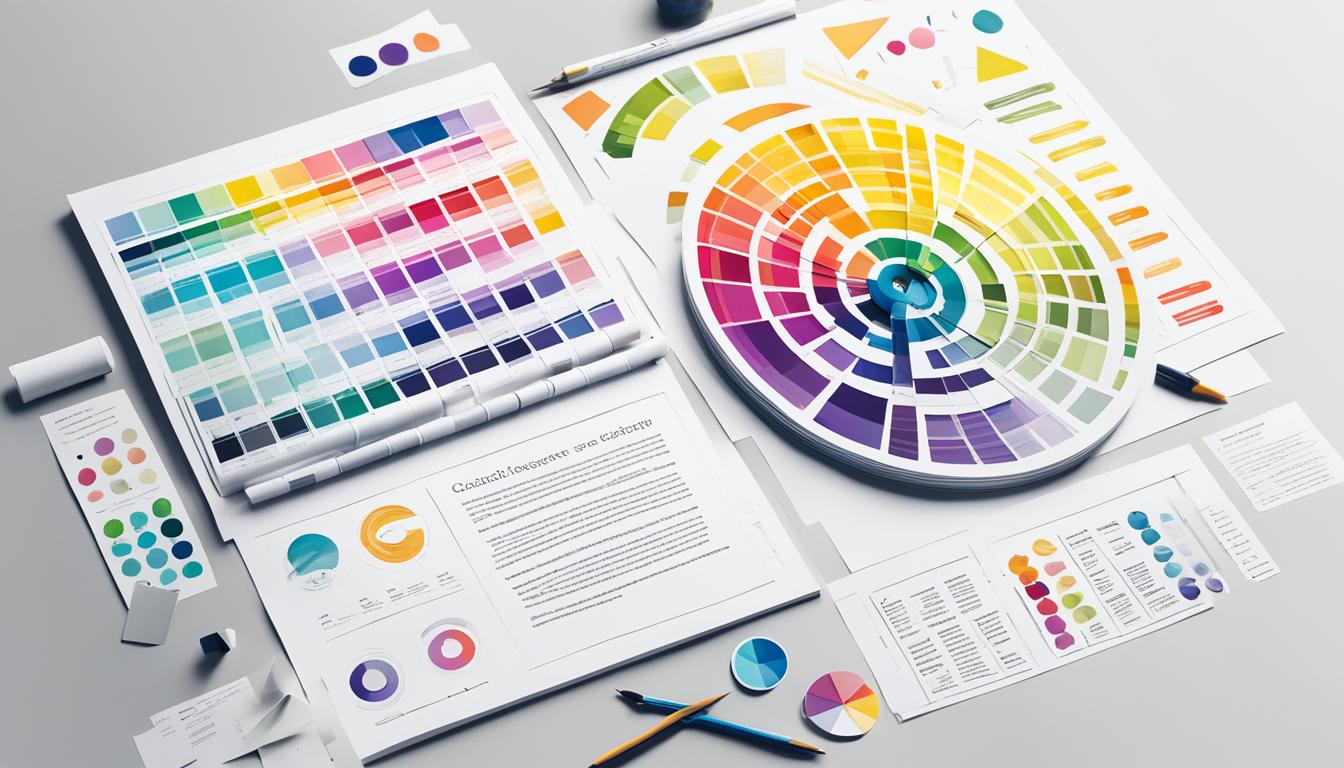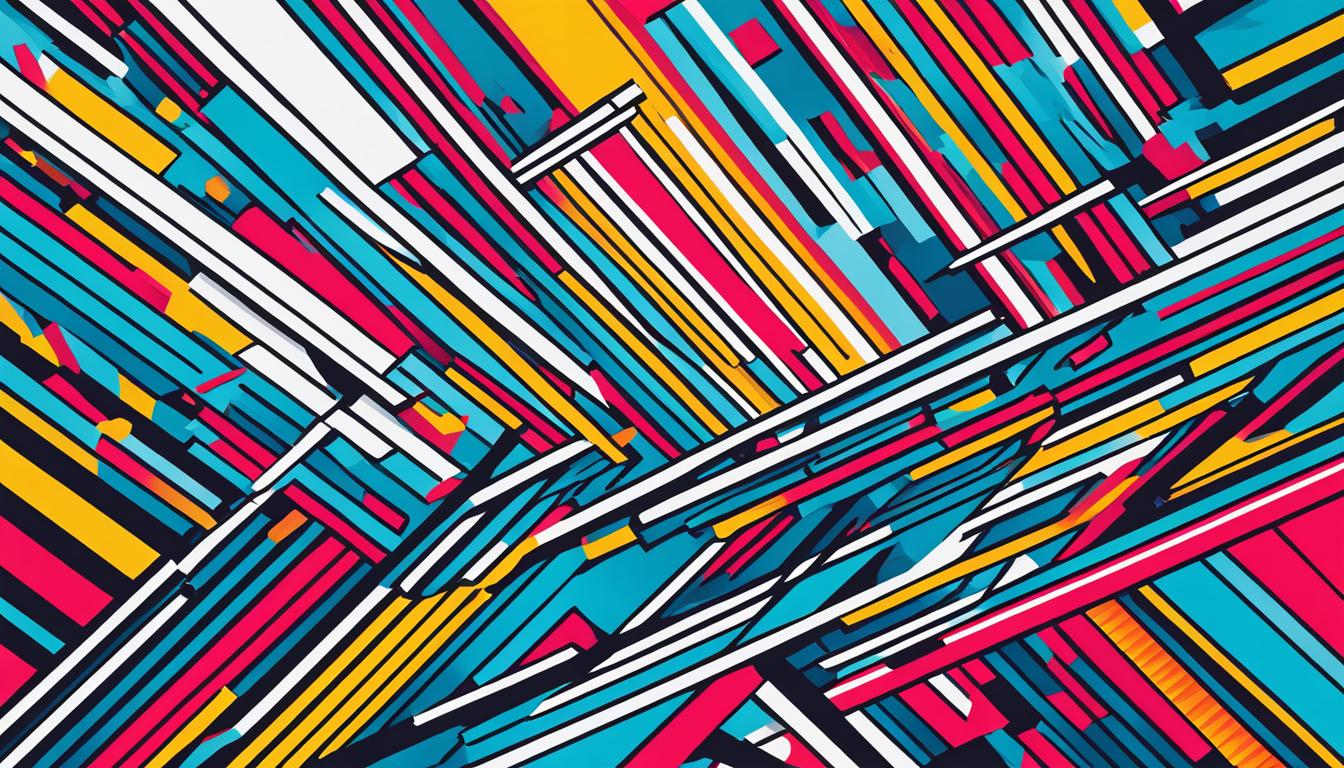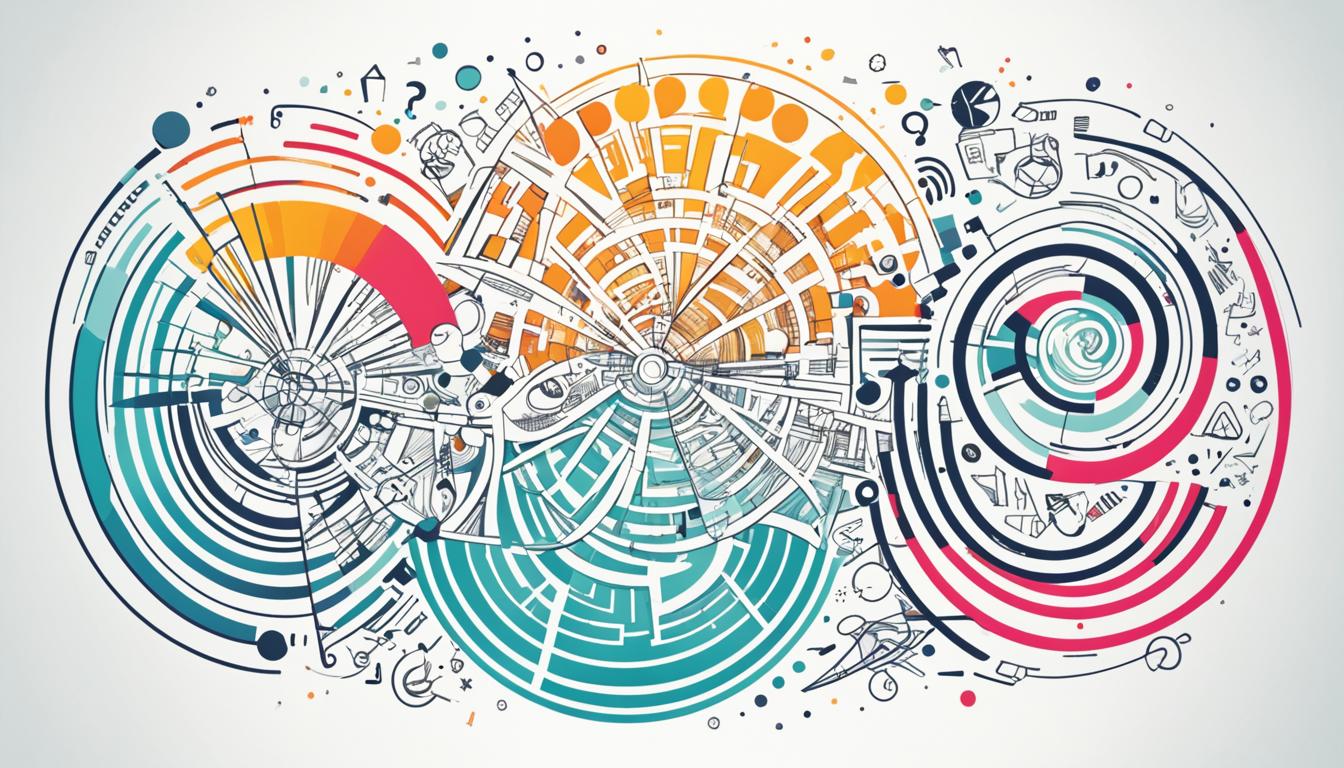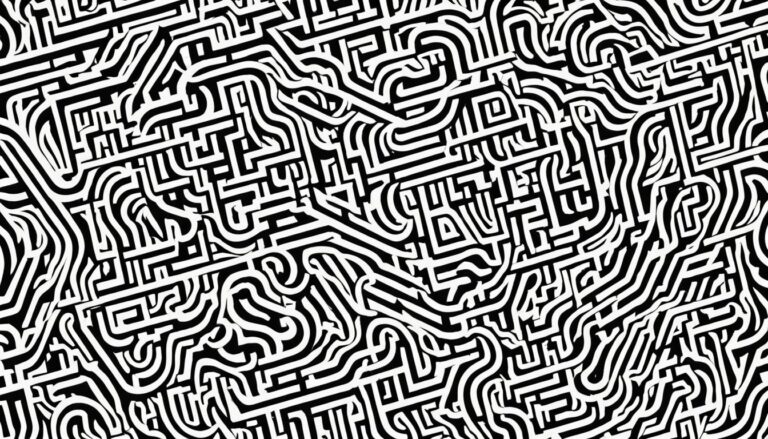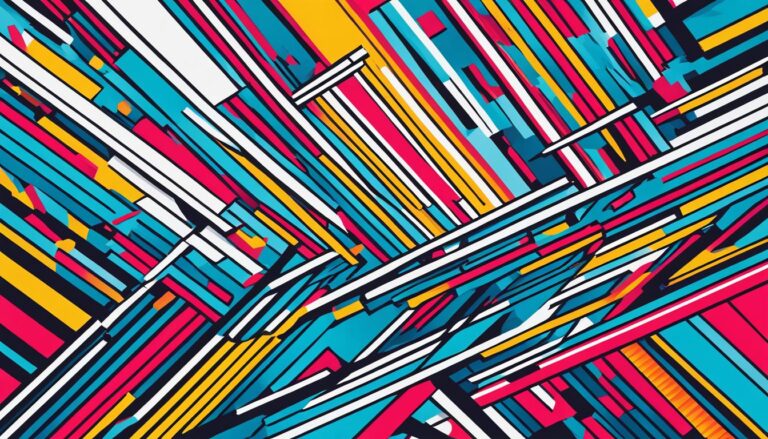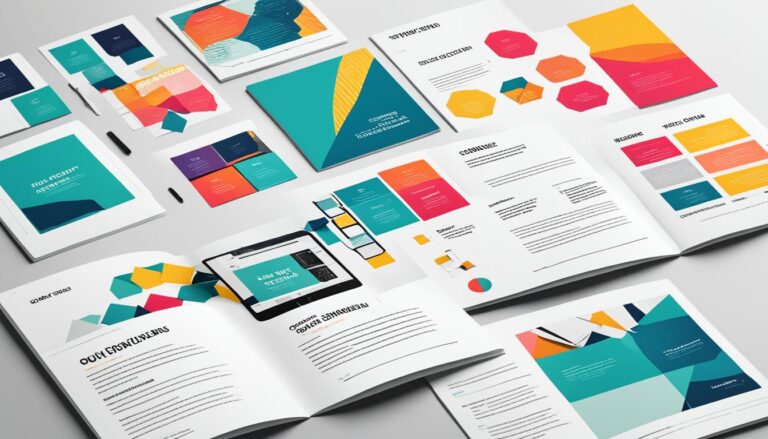Graphic Design Major Explained – Career Paths & Skills
A graphic design major offers a wide variety of creative career paths and requires the development of essential skills. According to graphic designer Amy Lewin, studying graphic design provides the opportunity to pursue diverse jobs after graduation. In a graphic design program, students learn motion graphics, animation, design theory, project management, and portfolio development. The curriculum also emphasizes the importance of digital design skills, such as Adobe Flash and animation. Specialized courses, like Advanced Typography and Advanced 3D Modeling, provide students with specific skills valued in the industry.
Students are encouraged to explore niche areas of design, such as branding, package design, environmental design, UI/UX, web design, textiles, illustration, or photography, based on their interests and career goals. The graphic design industry offers a range of job options, including graphic designer, creative director, UX designer, UI designer, production artist, product developer, art director, and marketing specialist. Whether you want to create visually stunning graphics or shape user experiences, a graphic design major equips you with the skills and knowledge necessary for a successful career in the field.
Careers in Graphic Design
A graphic design degree opens doors to various creative and design-related careers.
Graphic designers play a crucial role in developing visuals and layouts for product illustrations, company logos, websites, and more. They are highly versatile and work across industries, contributing to everything from brand identity to packaging design.
The role of an art director involves determining the creative vision of a project and overseeing the overall aesthetic and cohesive look. They collaborate with teams of designers and artists to bring concepts to life.
UX designers focus on ensuring products and services are seamless, enjoyable, and intuitive for users. They aim to create an exceptional user experience through thoughtful and user-centered design approaches.
UI designers specialize in product layout and visual clarity. They focus on maximizing user interactions by creating visually appealing and easily navigable user interfaces.
Production artists are responsible for the hands-on steps of production, ensuring the accuracy and quality of design files. They meticulously execute design details and prepare files for final production.
Product developers ideate, lead, and manage the creation of various products, ranging from digital marketing materials to packaging design. They draw upon their design knowledge and strategic thinking to bring innovative ideas to fruition.
Marketing specialists play a crucial role in collecting and analyzing data, initiating campaigns, and creating effective marketing strategies. They collaborate closely with designers to ensure marketing materials are visually appealing and aligned with brand messaging.
These are just a few examples of the many career options available to those with a graphic design major. Each position requires a unique set of skills and offers different opportunities for growth and specialization within the field.
Career Paths in Graphic Design
| Career | Description |
|---|---|
| Graphic Designer | Develops graphics and layouts for various mediums including print and digital media. |
| Art Director | Determines the creative vision of a project and manages the overall aesthetic and cohesive look. |
| UX Designer | Focuses on creating seamless and intuitive user experiences for digital products and services. |
| UI Designer | Specializes in product layout and visual clarity to optimize user interactions. |
| Production Artist | Handles the hands-on steps of production, ensuring the accuracy and quality of design files. |
| Product Developer | Ideates, leads, and manages the creation of various products, from marketing materials to packaging design. |
| Marketing Specialist | Collects and analyzes data, initiates campaigns, and creates effective marketing strategies. |
Conclusion
A graphic design major provides a solid foundation for a successful career in the creative industry. With the skills developed in a graphic design program, including branding, coding, computer software skills, digital media, editorial design, drawing and sketching, information design, interactive design, moving image, photography, printmaking, and typography, individuals can pursue various opportunities in sectors such as advertising firms, branding specialists, design consultancies, media and communication companies, packaging companies, and publishing companies. These skills are highly sought after by employers, making graphic design education a valuable asset in the job market.
To excel in a graphic design career, individuals need to have creativity, strong communication and teamwork skills, time management abilities, analytical and research skills, the ability to work independently, and presentation and entrepreneurial skills. These skills, combined with a solid education in graphic design, lay the groundwork for success in the industry. Additionally, pursuing further education through a master’s degree or short courses can further enhance expertise in specific areas of graphic design, providing a competitive advantage in a rapidly evolving field.
The demand for graphic designers is projected to increase in the coming years, opening up numerous opportunities for those with a graphic design background. As businesses continue to recognize the importance of effective visual communication, skilled graphic designers will play a crucial role in meeting industry demands. Whether establishing a freelance career or joining a design agency, individuals with graphic design skills can carve a rewarding path in this dynamic and creative field. With the right education, skills, and passion, a graphic design career offers endless possibilities for growth and success.
FAQ
What kind of career paths can I pursue with a graphic design major?
With a graphic design major, you can pursue diverse jobs such as graphic designer, art director, UX designer, UI designer, production artist, product developer, and marketing specialist.
What skills will I develop in a graphic design program?
In a graphic design program, you will develop skills in motion graphics, animation, design theory, project management, portfolio development, Adobe Flash, animation, advanced typography, and advanced 3D modeling.
Can I specialize in a specific area of design?
Yes, you can specialize in niche areas of design such as branding, package design, environmental design, UI/UX, web design, textiles, illustration, or photography based on your interests and career goals.
Where can I work with a graphic design degree?
With a graphic design degree, you can work in advertising firms, branding specialists, design consultancies, media and communication companies, packaging companies, and publishing companies.
What skills are employers looking for in graphic designers?
Employers are looking for graphic designers with skills in branding, coding, computer software, digital media, editorial design, drawing and sketching, information design, interactive design, moving image, photography, printmaking, and typography. Additionally, strong communication and teamwork skills, time management abilities, analytical and research skills, independence, and presentation and entrepreneurial skills are also highly valued.
Should I pursue further education in graphic design?
Pursuing further education through a master’s degree or short courses can enhance your expertise in specific areas of graphic design and make you more competitive in the job market.
What are the prospects for a career in graphic design?
The demand for graphic designers is projected to increase in the coming years, making the opportunities for a successful career in graphic design promising.


